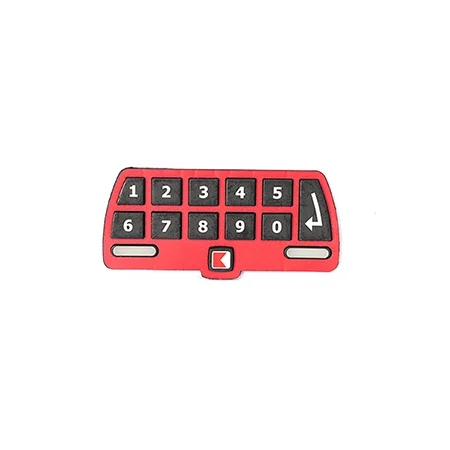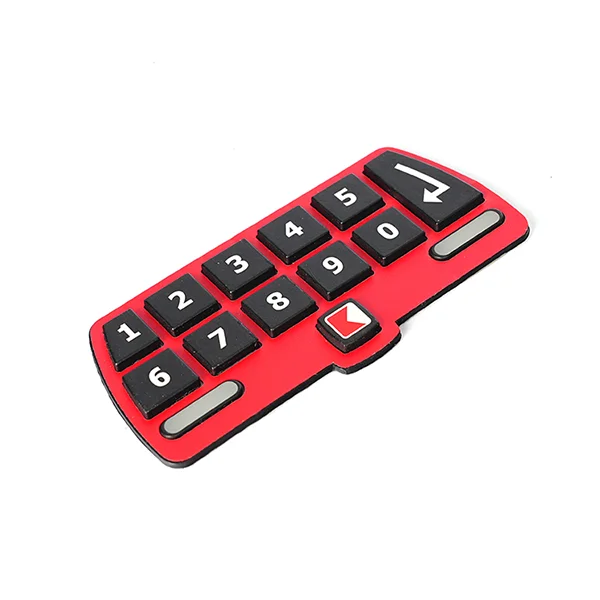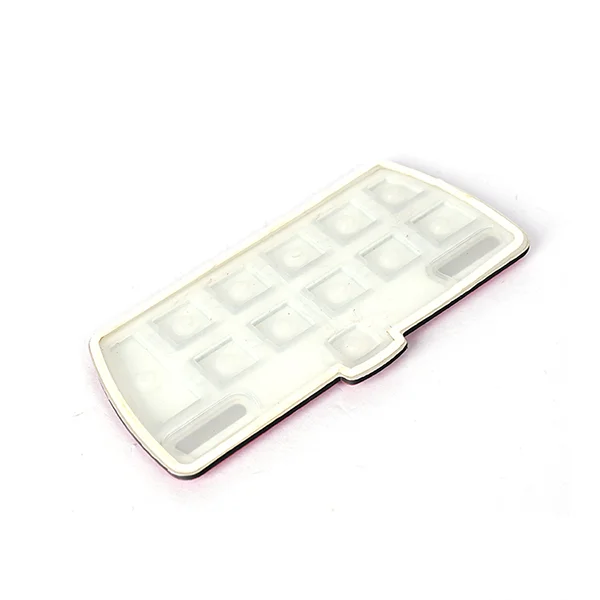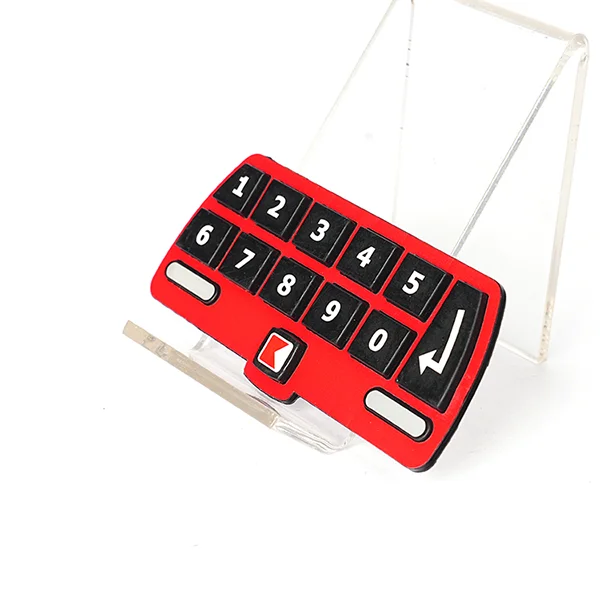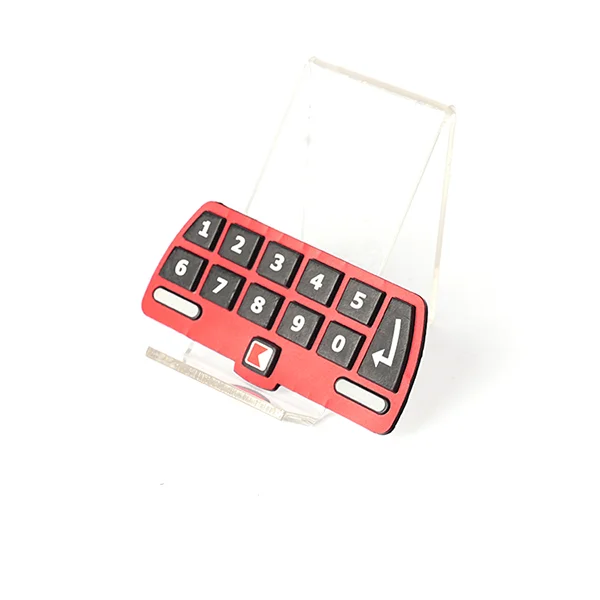Silicone Rubber Membrane Switches for Portable Gaming Consoles
The membrane switch has a well-structured design, an attractive appearance, and excellent airtightness. It is characterized by a long lifespan and finds widespread applications in electronic communication, electronic measuring instruments, industrial control, automotive industry, smart toys, household appliances, and other fields.
-
Panel material:PVC, PC, PET
-
Insulation resistance:>=100VDC
-
Rebound time:<=6ms
-
Loop resistance:≤ 80Ω (within 40cm of a single key return route)
-
Reliable life cycle:>100times
| Basic Parameters of Tactile Membrane Switch | |
| Max. Panel size | 600*800mm |
| Max. Panel size (with emboss) | 400*500mm |
| Paste | silver paste, carbon paste |
| Ink color | red, black, blue, white, yellow, green, purple, etc |
| Trace width | 0.15-0.20mm |
| LED spec. | 0402, 0603, 0805, 1210 |
| Wire length | Per customer requirements |
| Waterproof class | IP65 |
| Connector | female pin, male pin |
| Metal dome types | triangle, for-legs, circle |
| Trip force (metal dome) | 280g, 340g, 450g |
| Travel (metal dome) | 0.35-0.71 |
| Diameter (metal dome) | 8.4mm, 10mm, 12.2mm |
| Surface treatment (metal dome) | gold plating, nickle plating, stainless |
| Back adhesive | DSMS, 3M, SOKEN |
| Citcuit board option | FPC, PCB, Aluminum |
| Panel material | PET, PC, TPU, PMMA |
Generally, substrates with a thickness of 0.25mm or less are referred to as membranes, primarily used as the panel layer for membrane switches. The top graphic overlay is printed with various indicative patterns and text, indicating the operational area corresponding to the switch positions. The choice of thickness depends on the size of the panel and keys; thicker materials result in increased tactile feedback but slower response, while materials that are too thin may feel less comfortable with unclear rebound. Thicknesses above 0.25mm are termed sheets and are not suitable for three-dimensional key forming. They can be used as indicator panel layers for areas without keys or as backplates for membrane switches to enhance their hardness.
In portable gaming consoles, silicone rubber membrane switches are often employed as the keypads or buttons on the device. The flexibility of the silicone rubber allows for a comfortable and responsive user experience, while the durability ensures that the switches can withstand the repetitive pressing associated with gaming.
The switch is designed to be durable, providing a reliable interface for user input. When a user presses a key or area on the membrane switch, the silicone rubber deforms, causing the conductive elements to make contact and complete the electrical circuit. This action generates the desired electrical signal, signaling the device to perform a specific function or input.
In portable gaming consoles, silicone rubber membrane switches are often employed as the keypads or buttons on the device. The flexibility of the silicone rubber allows for a comfortable and responsive user experience, while the durability ensures that the switches can withstand the repetitive pressing associated with gaming.
Contact us online

